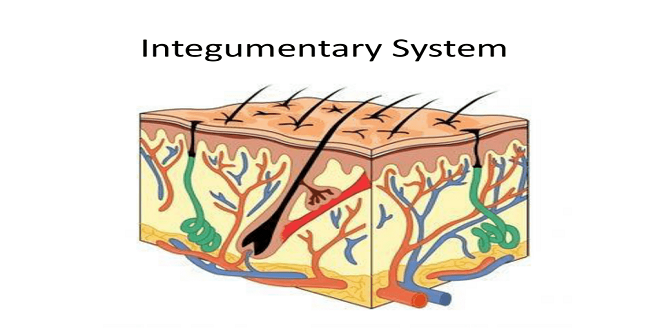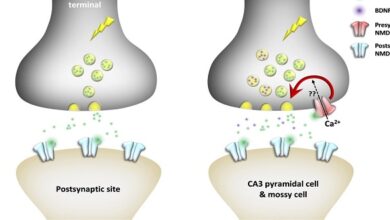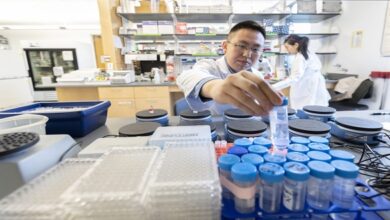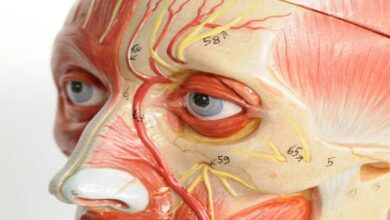Properties of Sensory Receptors

Introduction
Information about the internal and external environment activates the CNS via a variety of sensory receptors. These receptors are transducers that convert various forms of energy in the environment into action potentials in neurons. The characteristics of these receptors, the way they generate impulses in afferent neurons, and the general principles or “laws” that apply to sensation are considered in this chapter. Emphasis is placed on receptors mediating the sensation of touch, and later chapters focus on other sensory processes.
Sense receptors & sense organs
It is worth noting that the term receptor is used in physiology to refer not only to sensory receptors but also, in a very different sense, to proteins that bind neurotransmitters, hormones, and other substances with great affinity and specificity as a first step in initiating specific physiologic responses.
Sense organs
Sensory receptors can be specialized dendritic endings of afferent nerve fibers, and they are often associated with nonneural cells that surround it, forming a sense organ. Touch and pressure are sensed by four types of mechanoreceptors.
Generation of impulses in cutaneous receptors
The way receptors generate action potentials in the sensory nerves that innervate them varies with the complexity of the sense organ. In the skin, the Pacinian corpuscle has been studied in some detail. As noted above, the Pacinian corpuscles are touch receptors. Because of their relatively large size and accessibility, they can be isolated, studied with microelectrodes, and subjected to microdissection. The myelin sheath of the sensory nerve begins inside the corpuscle. The first node of Ranvier is also located inside, whereas the second is usually near the point at which the nerve fiber leaves the corpuscle.
Generator potentials
Recording electrodes can be placed on the sensory nerve as it leaves a Pacinian corpuscle and graded pressure applied to the corpuscle. When a small amount of pressure is applied, a non propagated depolarizing potential resembling an EPSP is recorded. This is called the generator potential or receptor potential.
Sensory coding
Converting a receptor stimulus to a recognizable sensation is termed sensory coding. All sensory systems code for four elementary attributes of a stimulus: modality, location, intensity, and duration. Modality is the type of energy transmitted by the stimulus. Location is the site on the body or space where the stimulus originated.
Modality
Humans have four basic classes of receptors based on their sensitivity to one predominant form of energy: mechanical, thermal, electromagnetic, or chemical. The particular form of energy to which a receptor is most sensitive is called its adequate stimulus.
The adequate stimulus for the rods and cones in the eye, for example, is light (an example of electromagnetic energy). Receptors do respond to forms of energy other than their adequate stimuli, but the threshold for these nonspecific responses is much higher. Pressure on the eyeball will stimulate the rods and cones, for example, but the threshold of these receptors to pressure is much higher than the threshold of the pressure receptors in the skin.
Sensory information
The speed of conduction and other characteristics of sensory nerve fibers vary, but action potentials are similar in all nerves. The action potentials in the nerve from a touch receptor, for example, are essentially identical to those in the nerve from a warmth receptor. This raises the question of why stimulation of a touch receptor causes a sensation of touch and not of warmth. It also raises the question of how it is possible to tell whether the touch is light or heavy.
Summary
Touch and pressure are sensed by four types of mechanoreceptors: Meissner’s corpuscles (respond to changes in texture and slow vibrations), Merkel’s cells (respond to sustained pressure and touch), Ruffini corpuscles (respond to sustained pressure), and Pacinian corpuscles (respond to deep pressure and fast vibrations).




